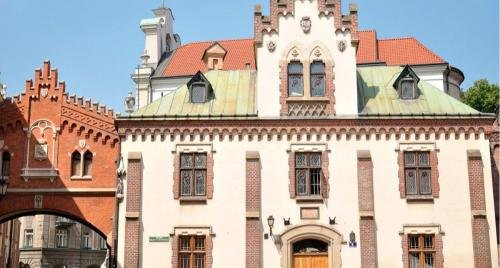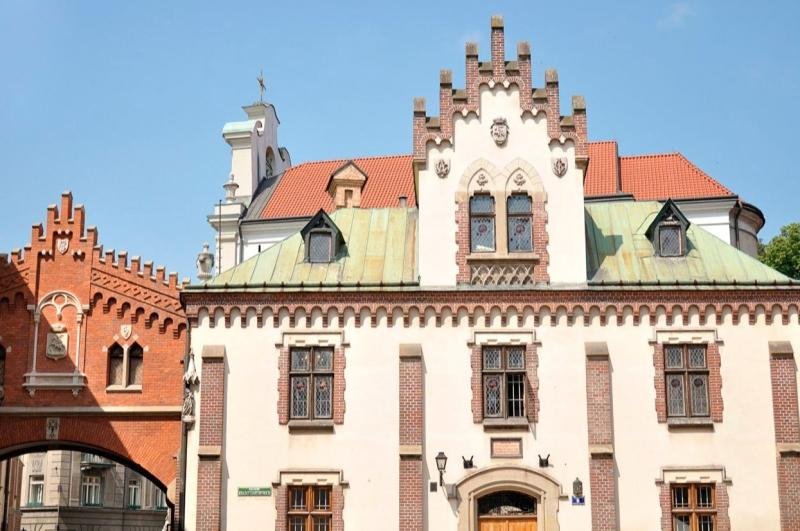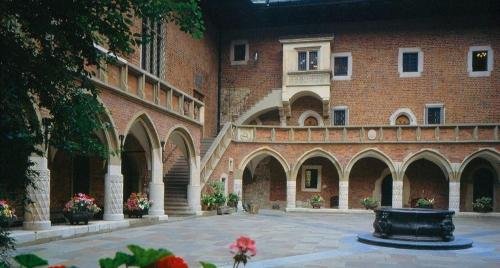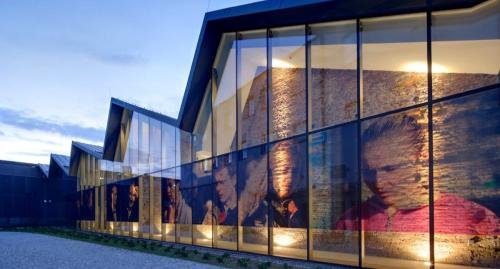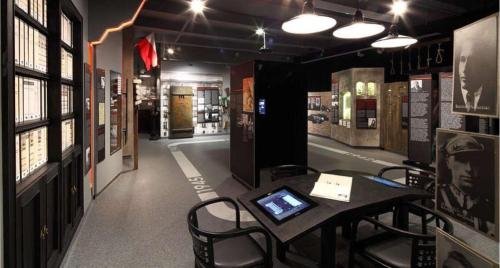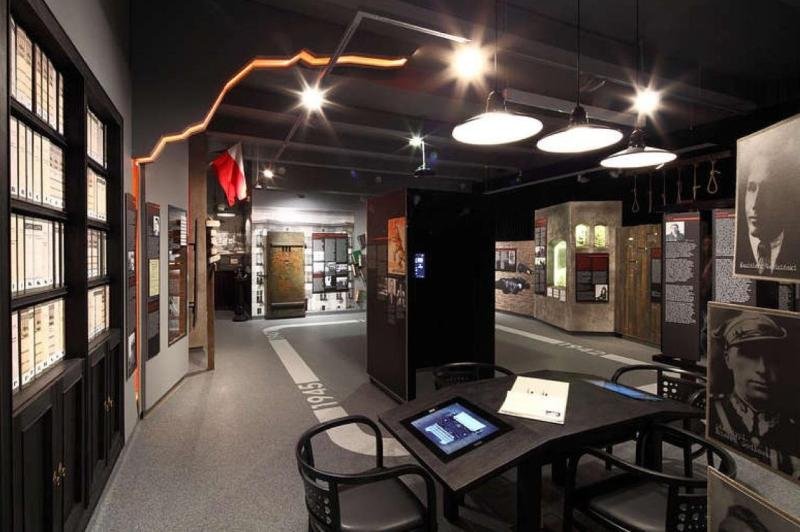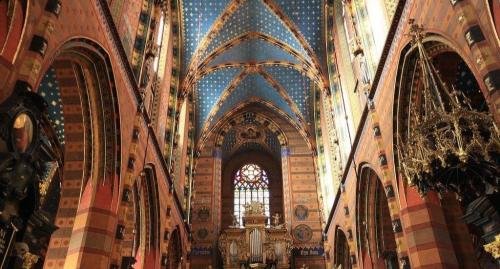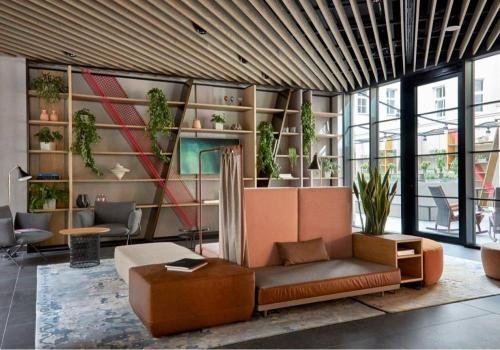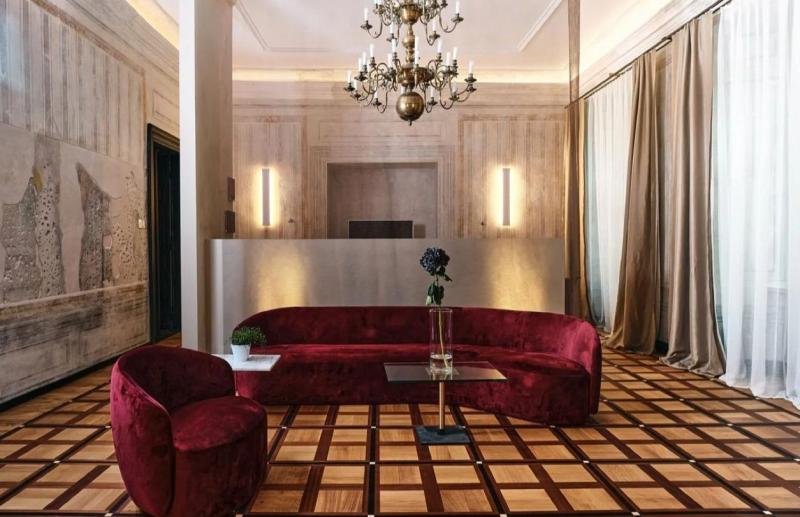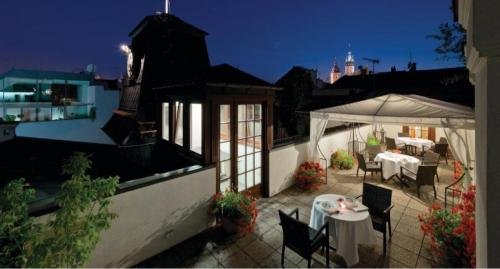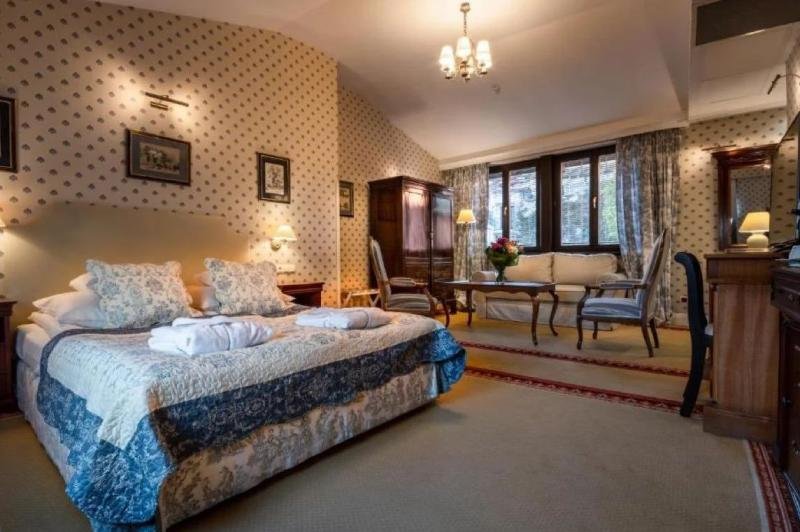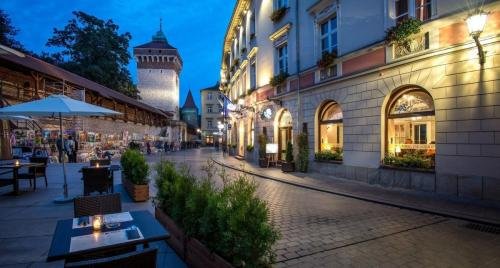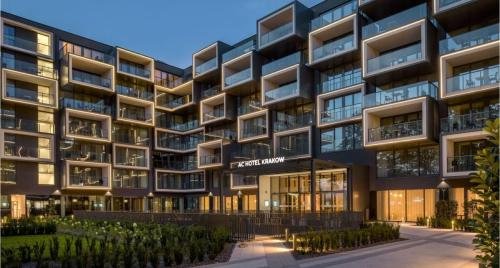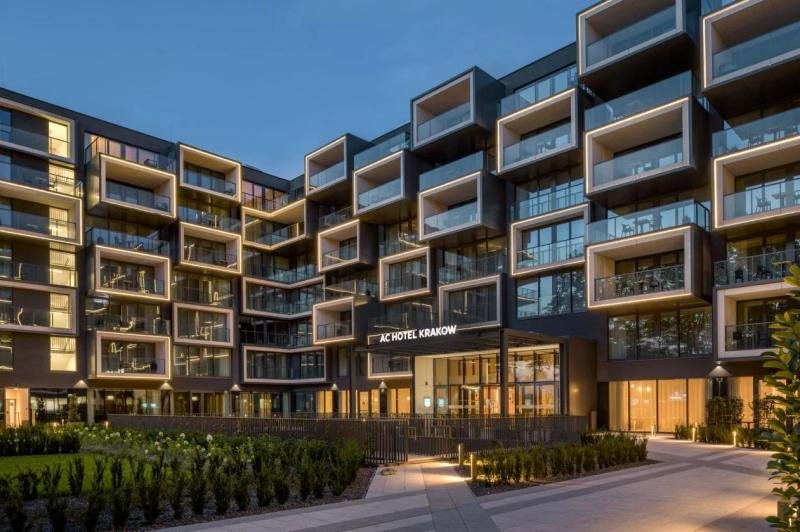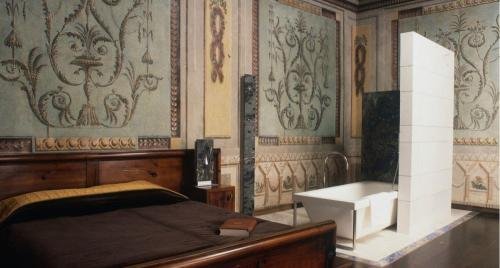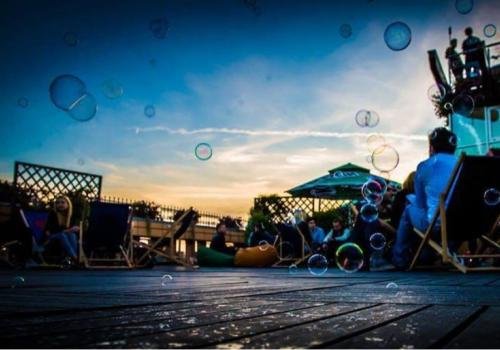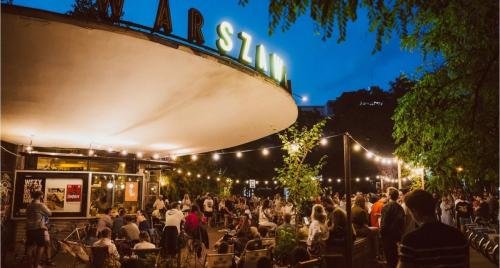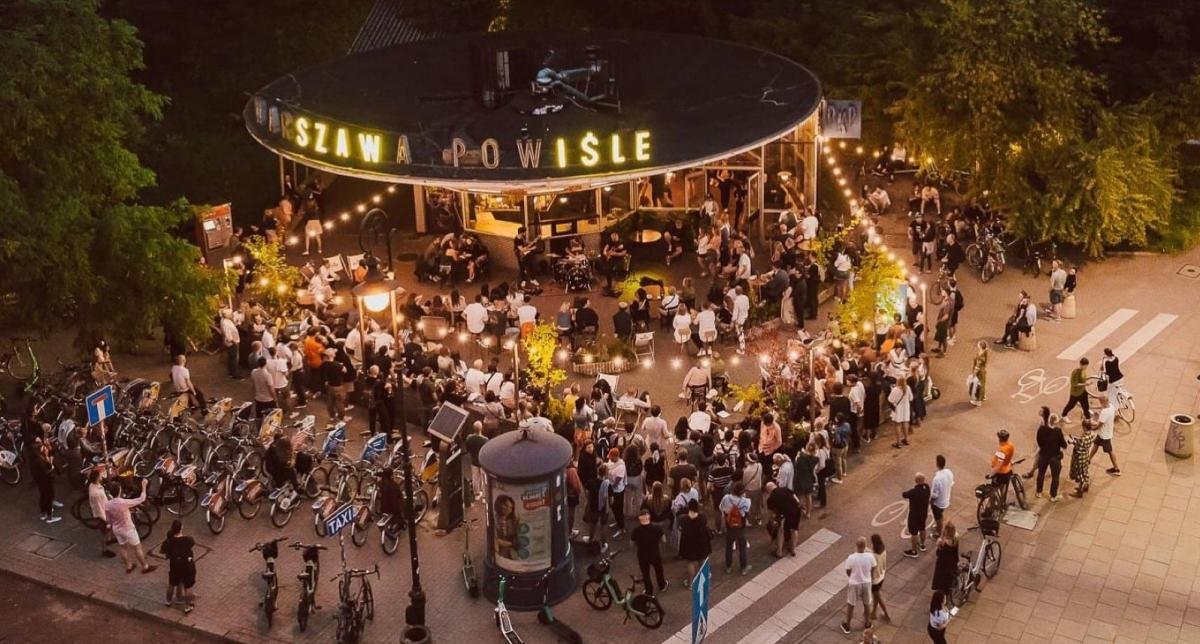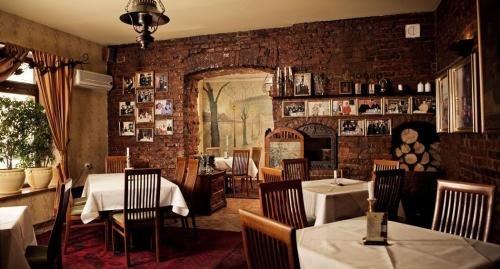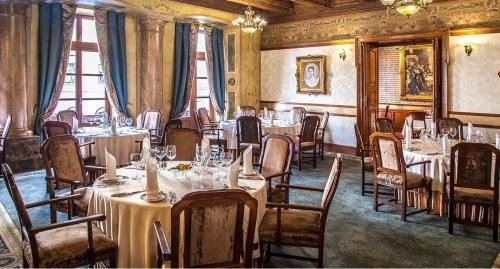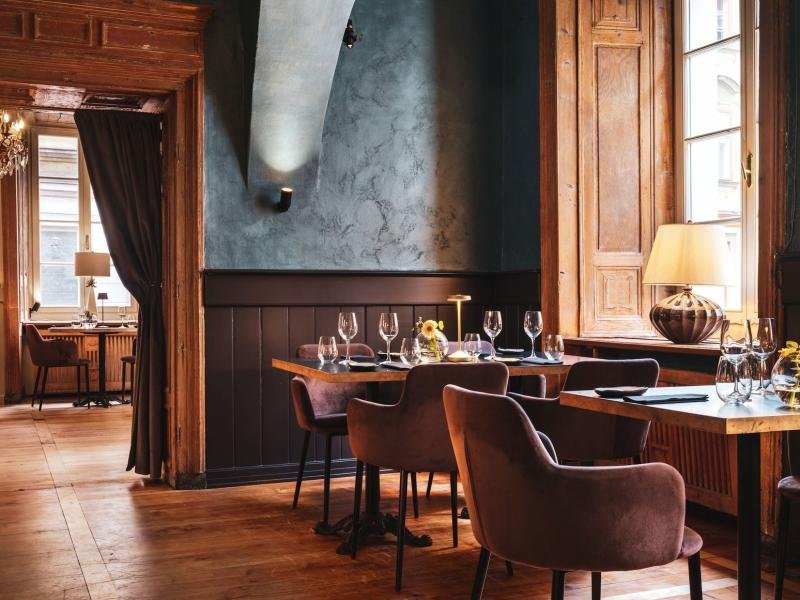Opole
A practical guide to what to do in Opole
From the menu below choose a category
Discovering Opole: The Hidden Gem of Polish Heritage and Harmony
Embark on a journey to Opole, one of Poland’s oldest cities and a place where history, music, and culture intertwine gracefully. Often called the “Capital of Polish Song,” Opole captivates visitors with its riverside beauty, historic architecture, and an atmosphere that blends medieval tranquility with a modern, creative spirit.
A City Steeped in History
Founded over a thousand years ago, Opole stands as one of the cradles of Polish statehood. Once the seat of the Dukes of Silesia, it played a key role in shaping the region’s political and cultural identity. The Piast Tower, a surviving fragment of the medieval Piast Castle, is a proud symbol of this ancient lineage. Standing tall on the banks of the Oder River, it invites visitors to gaze across the panorama of a city that has endured wars, partitions, and rebirth — yet always remained steadfastly Polish.
The Old Town: Where Time Flows Gracefully
Opole’s Old Town enchants with colorful burgher houses, elegant arcades, and peaceful riverside promenades. The Town Hall — a masterpiece of neo-Renaissance architecture — dominates the Market Square, which hums softly with café chatter and local life. As you stroll through the narrow lanes, each corner seems to whisper stories of merchants, craftsmen, and poets who shaped the city’s legacy.
At night, the reflections of the pastel façades shimmer on the Młynówka Canal, earning Opole the nickname “Venice of Poland.” It is a city best explored slowly — by foot or by the gentle rhythm of the river.
The Spirit of Music: Festival Capital of Poland
No description of Opole would be complete without its most cherished tradition — the National Festival of Polish Song. Since 1963, the Amphitheatre of Opole has hosted the country’s most beloved musical event, celebrating the voices and melodies that define Polish culture. This annual festival transforms the city into a living concert hall, where nostalgia and innovation meet in perfect harmony.
The nearby Museum of Polish Song is a must-visit, offering interactive exhibitions that trace the evolution of Polish popular music. Visitors can relive iconic performances, explore vintage recordings, and understand how Opole became synonymous with the soul of Polish song.
Architectural Harmony and Sacred Beauty
Opole’s skyline is adorned with elegant towers and spires, each marking a different era. The Cathedral of the Holy Cross, with its twin red-brick towers, stands as a beacon of faith and resilience. Inside, intricate altars and stained glass tell centuries of devotion.
Nearby, the Franciscan Church and Monastery, once frequented by the Piast dukes, exude a serene, spiritual calm. Across the river, the Church on the Hill (Kościół na Górce) offers panoramic views and quiet reflection — a sanctuary for both locals and travelers.
Green Retreats and Natural Grace
Surrounded by rivers, parks, and islands, Opole is a city in harmony with nature. The Bolko Island park is its green heart — a peaceful oasis with walking paths, flower gardens, and the beloved Opole Zoo, where families gather under old oaks. Along the Opawa River Valley, scenic bike routes and river cruises offer a perfect balance between relaxation and exploration.
A City of Knowledge and Creativity
Opole is also a youthful city — home to the University of Opole, whose academic life infuses the streets with energy and curiosity. The city’s cultural calendar thrives with theater performances, film screenings, and art exhibitions. The Jan Kochanowski Theatre, a hub for modern Polish drama, continues to nurture the spirit of creativity that defines Opole’s identity.
Culinary Discoveries: A Taste of Silesian Warmth
Opole’s culinary scene reflects its multicultural past — a blend of Polish, Silesian, and Central European flavors. From hearty kluski śląskie (Silesian dumplings) and rolada wołowa (beef roulade) to fragrant makówki during Christmas, each dish tells a story of home and heritage. Charming bistros along the Młynówka Canal and cozy cellar restaurants in the Old Town invite you to savor both tradition and innovation — always with a warm Opole smile.
Embracing the Present, Honoring the Past
Today, Opole stands as a model of balance — a small city with a big soul. Modern urban design meets historical preservation, while music and memory continue to define its rhythm. From innovative tech startups to artistic festivals, Opole proves that progress can flourish without losing authenticity.
Where the Heart of Poland Still Sings
To discover Opole is to uncover a quieter, more poetic side of Poland — a city where rivers mirror history, songs carry emotion, and every street resonates with harmony. It is a place that invites reflection as much as celebration, where heritage and humanity coexist beautifully.
Opole may not be the largest of Polish cities, but its charm is immeasurable — a hidden gem that sings softly yet stays forever in the traveler’s memory.
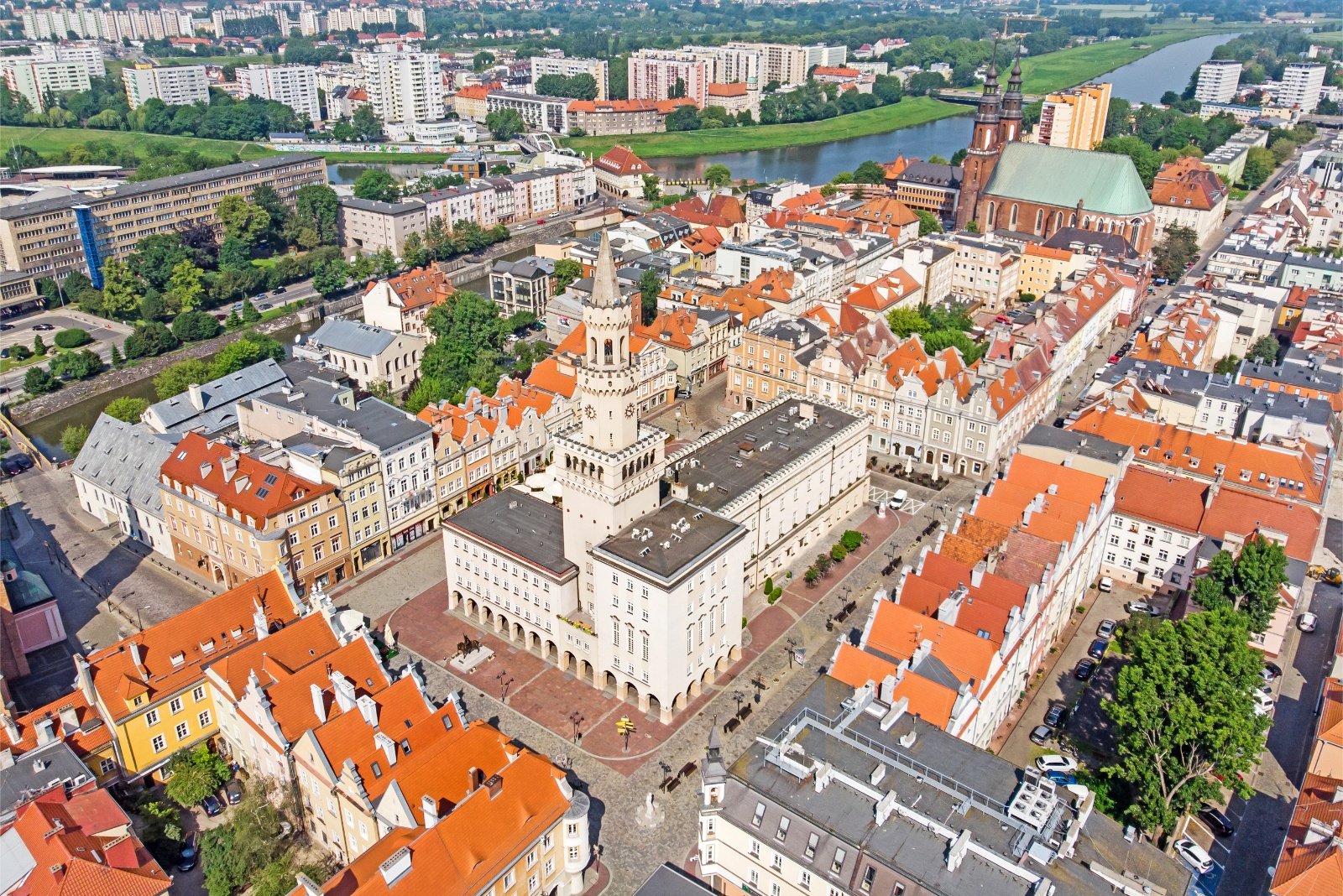
The Beating Heart of the City
Opole Market Square
Opole’s Market Square is the city’s historical and social centre, framed by colourful townhouses and the Neo-Renaissance Town Hall. The square buzzes with life all year round, from open-air cafés to local festivals. Its charming architecture and lively atmosphere make it the perfect place to start exploring Poland’s “City of Song.”
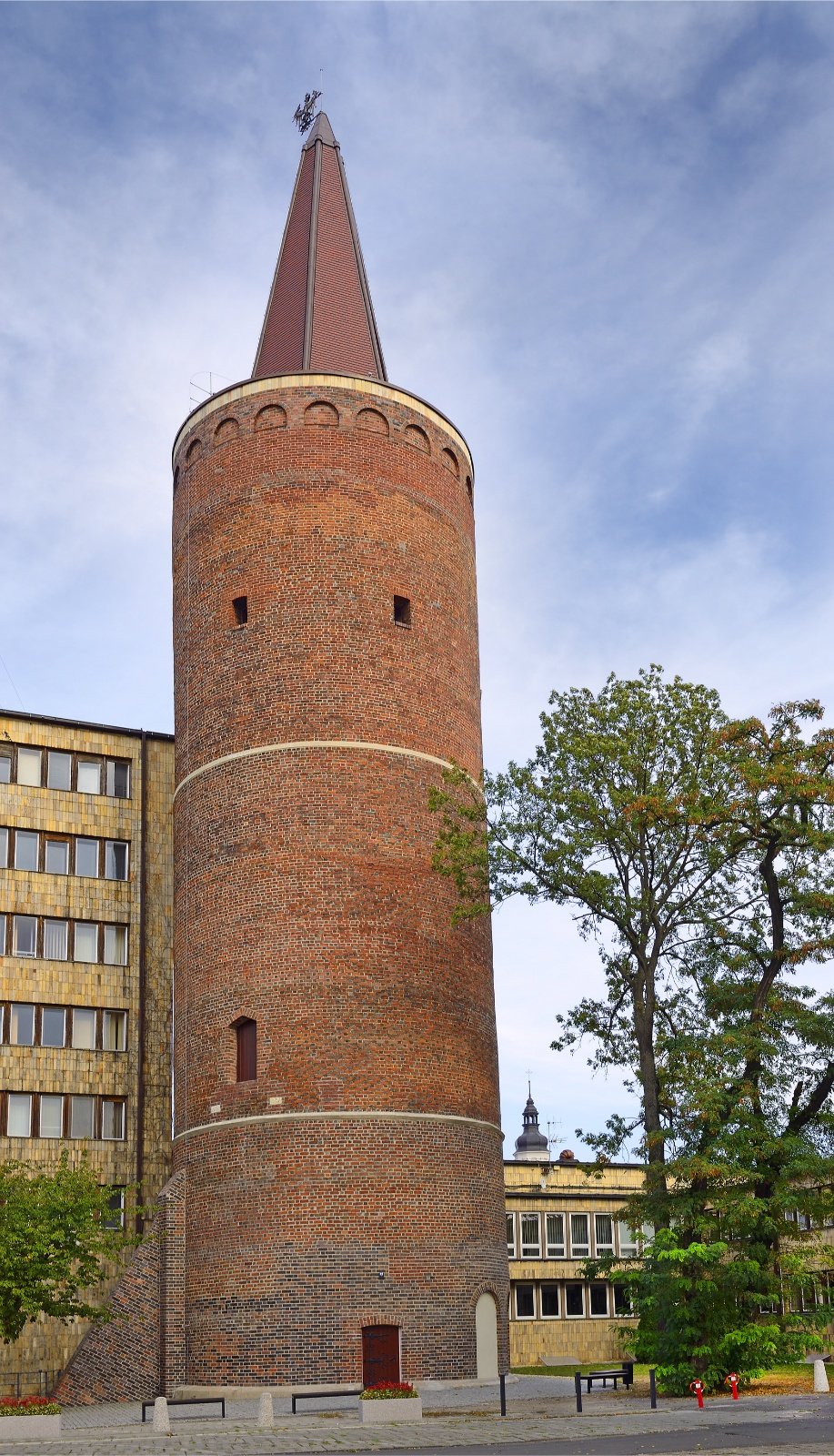
Piast Tower
Echoes of a Medieval Past
The Piast Tower, a proud remnant of Opole’s medieval castle, stands tall as one of the oldest structures of its kind in Poland. Its red-brick silhouette rises beside the Młynówka Canal, offering sweeping views of the city and the surrounding green islands. Climbing its winding stairs is like ascending through layers of Silesian history.
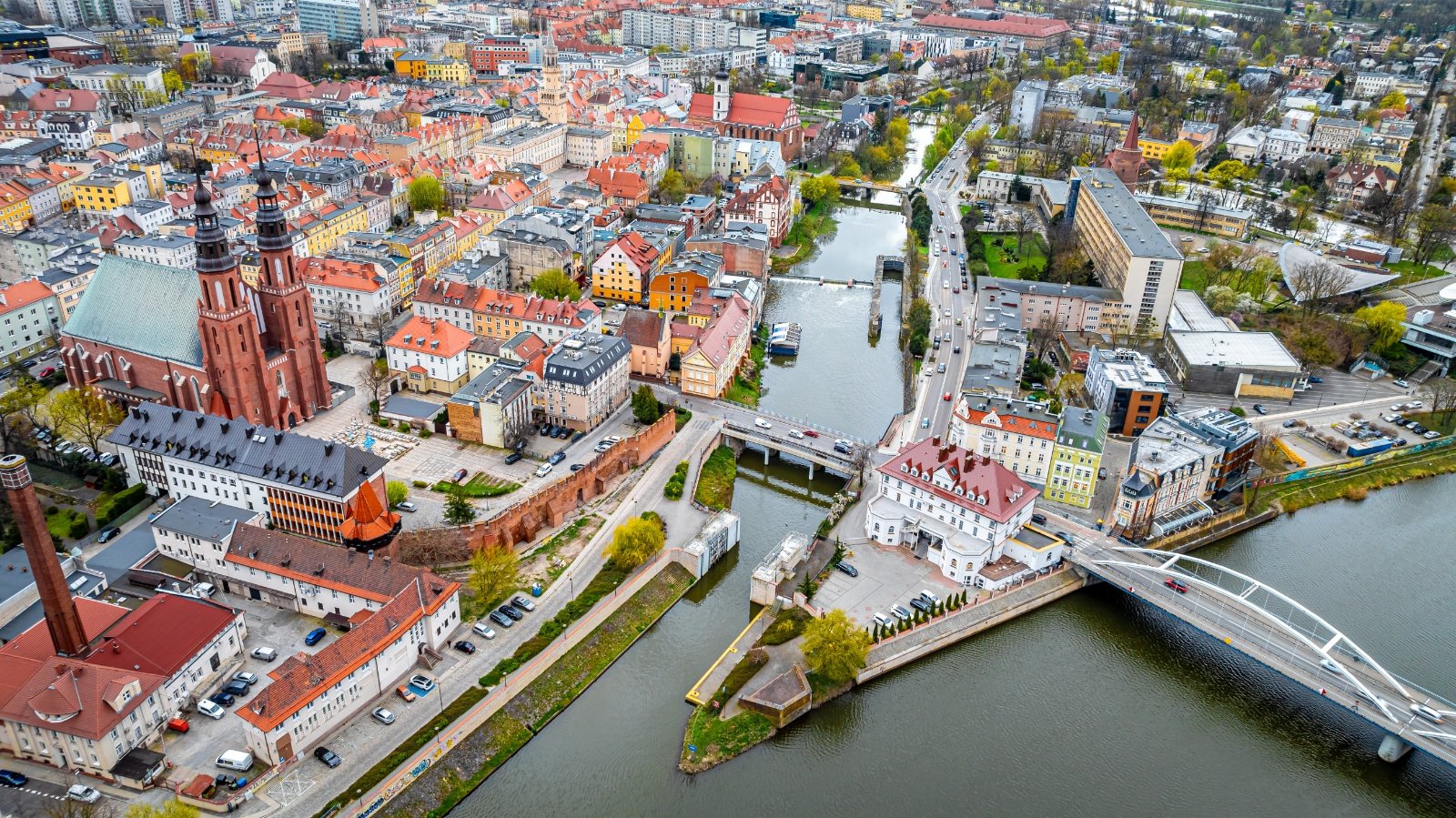
Cathedral of the Holy Cross
A Gothic Landmark
With its twin spires soaring above the city skyline, Opole’s Cathedral of the Holy Cross embodies centuries of faith and artistry. Inside, intricate altars and stained-glass windows bathe the space in a spiritual glow. The adjacent Piast Chapel, resting place of the Opole dukes, connects visitors directly to the city’s noble past.
Bolko Island & Opole Zoo
Nature in the Heart of the City
Just across the river lies Bolko Island — a serene haven of greenery and one of Opole’s most beloved escapes. Walking paths weave among trees, ponds, and open lawns, while the Opole Zoo enchants families with its diverse collection of exotic animals. It’s a place where city life melts into nature’s calm rhythm.
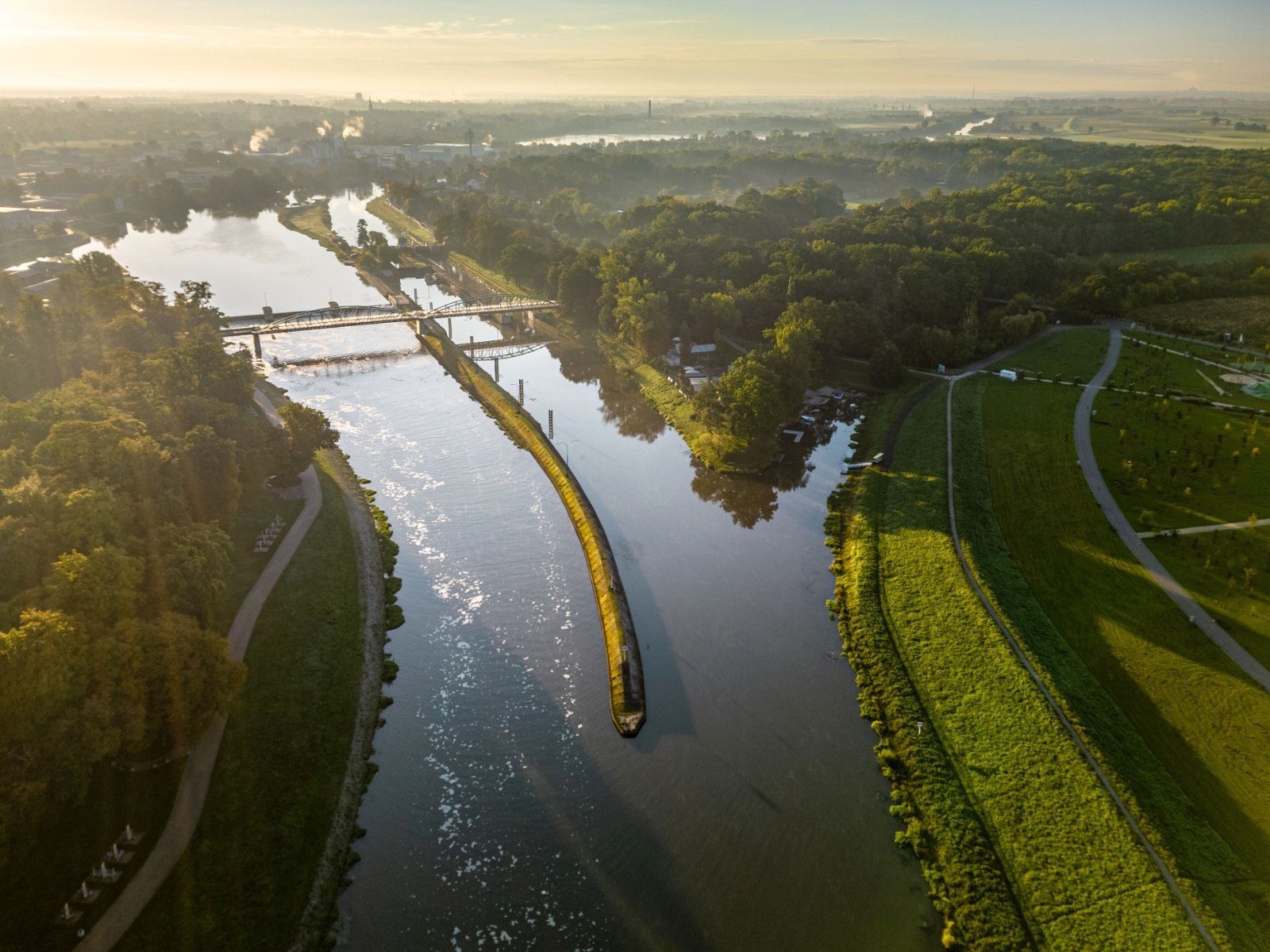
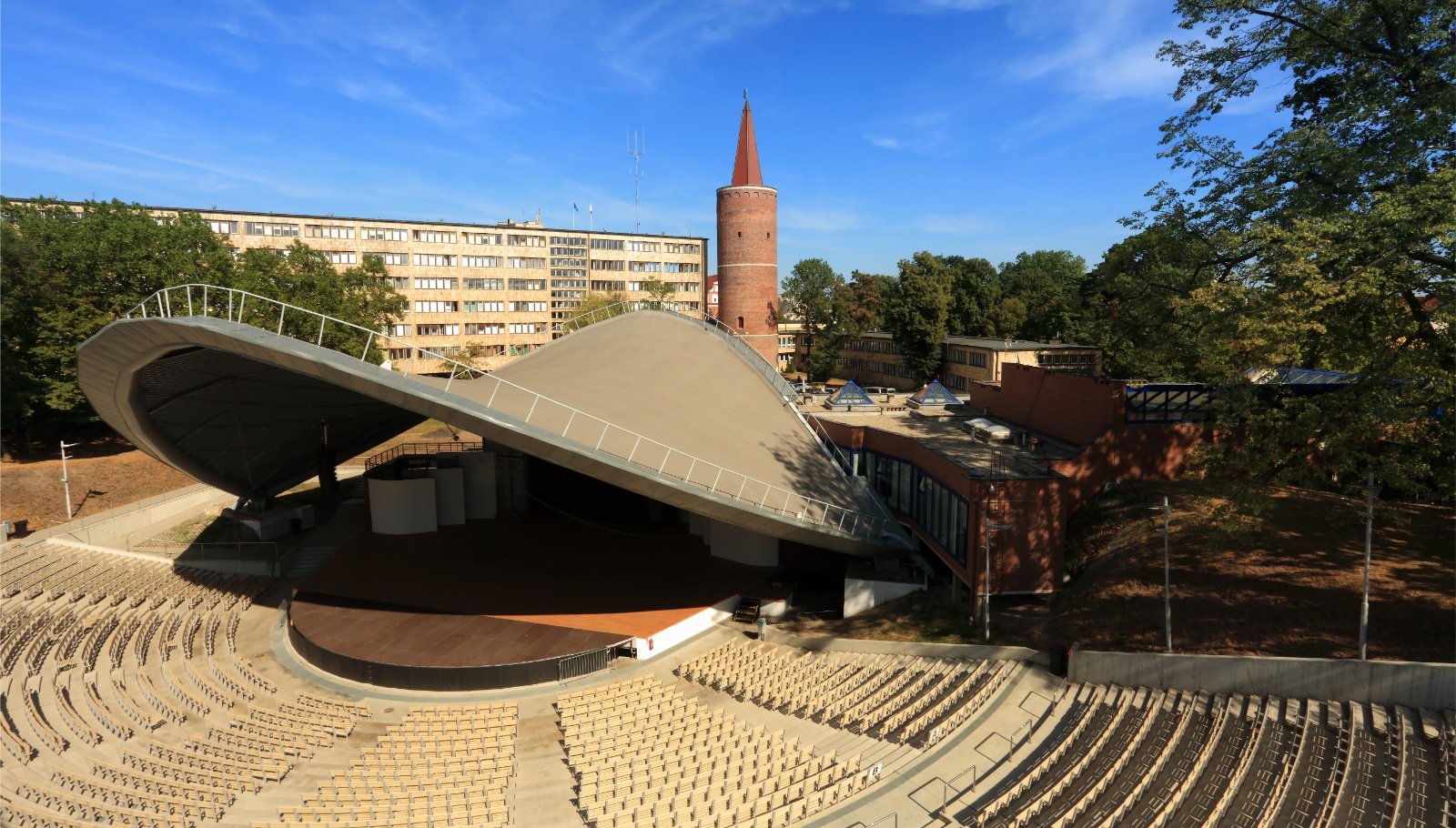
Amphitheatre & Polish Song Museum
The Soundtrack of a Nation
Opole is Poland’s capital of song, and its open-air amphitheatre has hosted the country’s most iconic music festival since 1963. Next door, the Polish Song Museum celebrates the nation’s musical heritage with interactive exhibits, rare recordings, and multimedia installations. Here, every visitor becomes part of Poland’s cultural melody.
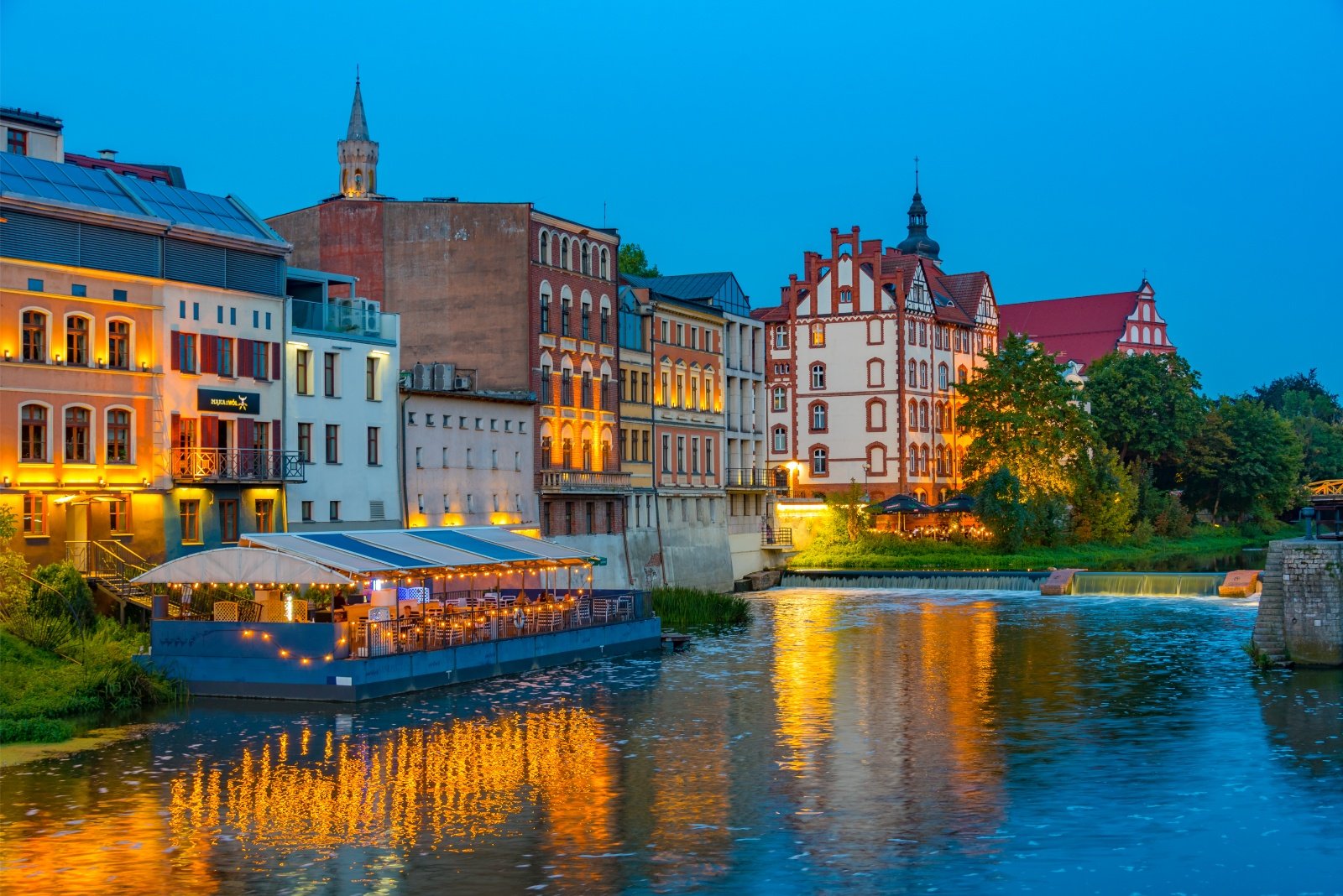
Młynówka Canal Promenade
Venetian Charm in Silesia
Often called “Opole’s Venice,” the Młynówka Canal winds gracefully through the city’s old quarter. Its picturesque bridges, waterfront cafés, and reflections of pastel façades make it a favourite for evening strolls. At night, when the lights shimmer on the water, the promenade feels like a living painting.
Opole Contemporary Art Gallery (Galeria Sztuki Współczesnej)
Modern Expression
St. Florian’s Gate, a historic gateway to the Old Town, stands as a proud symbol of Kraków’s medieval fortifications. Dating back to the 14th century, this imposing tower has witnessed centuries of history. It remains a beloved landmark, offering visitors a glimpse into the city’s rich past and enduring spirit.

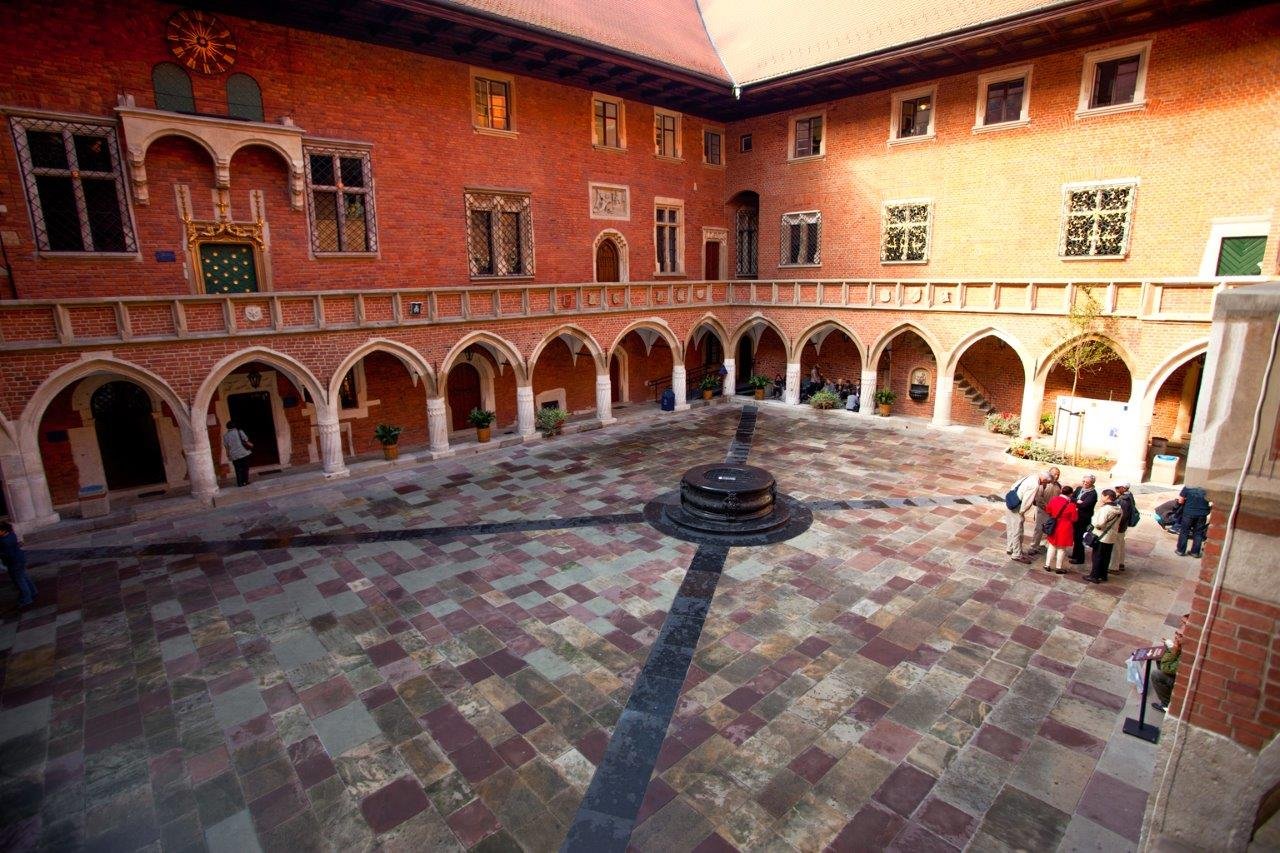
Holy Trinity Church and Franciscan Monastery
Spiritual Serenity
This 14th-century church, nestled beside the old Franciscan monastery, offers a peaceful retreat from the busy streets. Its Gothic interiors, adorned with frescoes and ornate chapels, evoke the quiet dignity of centuries past. It’s one of Opole’s hidden sanctuaries of reflection and calm.

Opole Village Museum
Tradition Preserved
On the city’s outskirts, this open-air museum brings the rural heritage of Silesia to life. Authentic wooden cottages, windmills, and workshops recreate the atmosphere of 19th-century village life. Seasonal events and folk festivals fill the grounds with music, crafts, and the scent of freshly baked bread.

Opole Contemporary Art Gallery
Modern Expression
Nestled near the Old Town, the Opole Contemporary Art Gallery (Galeria Sztuki Współczesnej) bridges the city’s medieval roots and its modern creative pulse. Rotating exhibitions highlight thought-provoking works by Polish and international artists. Minimalist interiors, bold ideas, and experimental media make this a sanctuary for contemporary imagination.
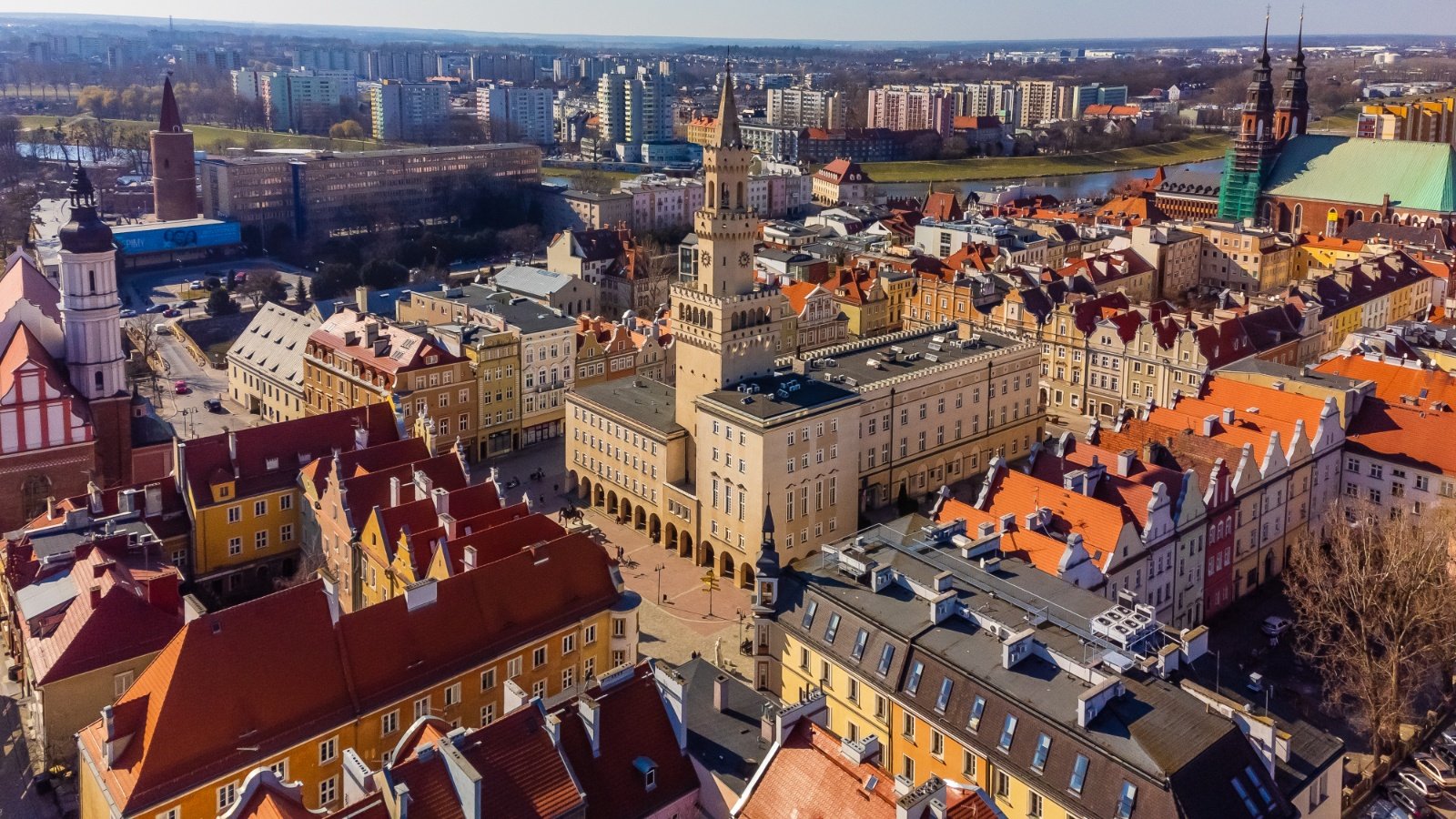
Town Hall (Ratusz w Opolu)
Civic Elegance
At the centre of the Market Square, the Town Hall rises like a golden crown. Rebuilt in the 1930s in a Florentine style, it echoes the Renaissance spirit of Tuscany. Its clock tower watches over Opole’s daily rhythm — market stalls, festivals, and conversations that have filled the square for generations.

Green Bridge (Zielony Mostek)
River Reflections
Connecting the old quarter with Pasieka Island, the Green Bridge is one of Opole’s most photographed spots. By day it’s a simple crossing; by night, its graceful arches glow above the shimmering canal. Lovers leave padlocks here — quiet symbols of affection against the city’s whispering waters.
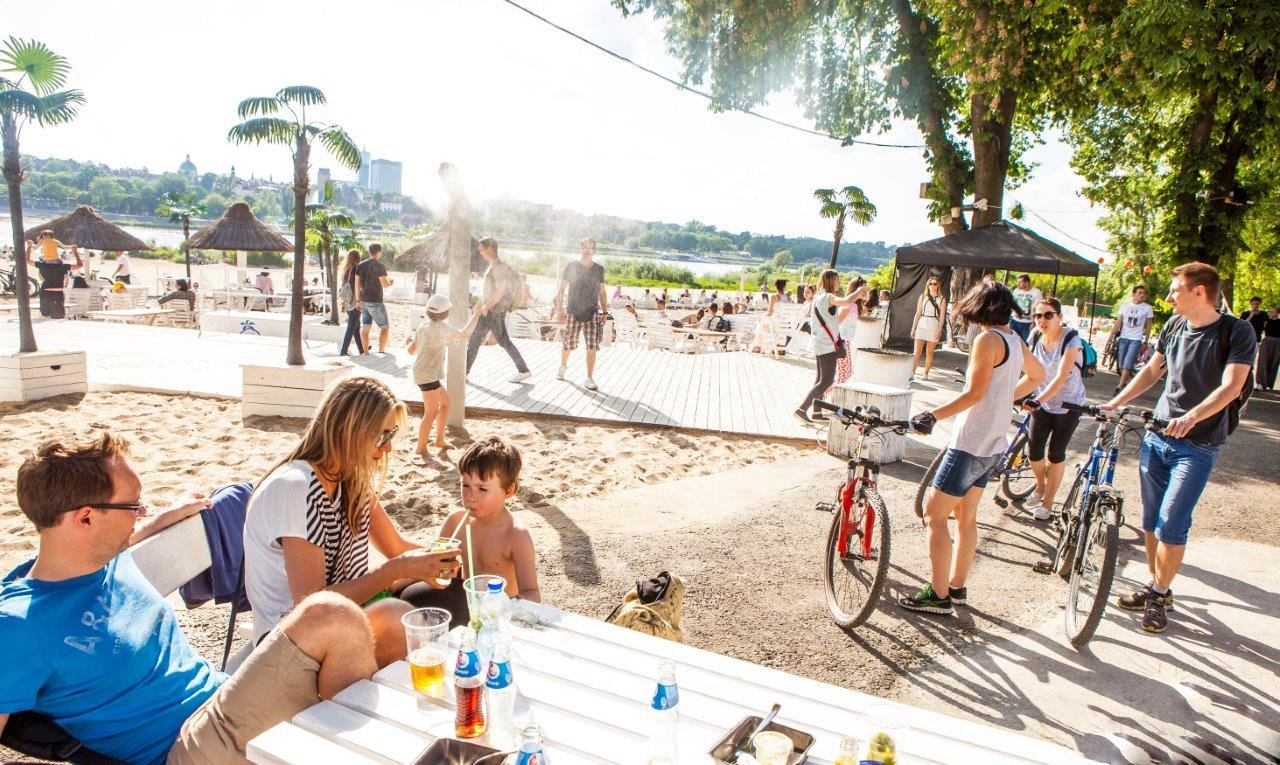
Solaris Center
Modern Pulse
A symbol of modern Opole, the Solaris Center blends shopping, culture, and leisure beneath glass roofs and bright atriums. Here the city’s youthful energy meets cosmopolitan design. Cafés, cinemas, and boutiques hum with life — proof that Opole’s story continues to evolve, beautifully balanced between tradition and innovation.
Opole University Campus
Knowledge and Inspiration
Surrounded by trees and river views, the University of Opole gives the city its youthful heartbeat. Historic buildings mingle with contemporary architecture, creating a landscape of learning and creativity. The campus reflects the openness of a city that values culture, education, and forward thinking.

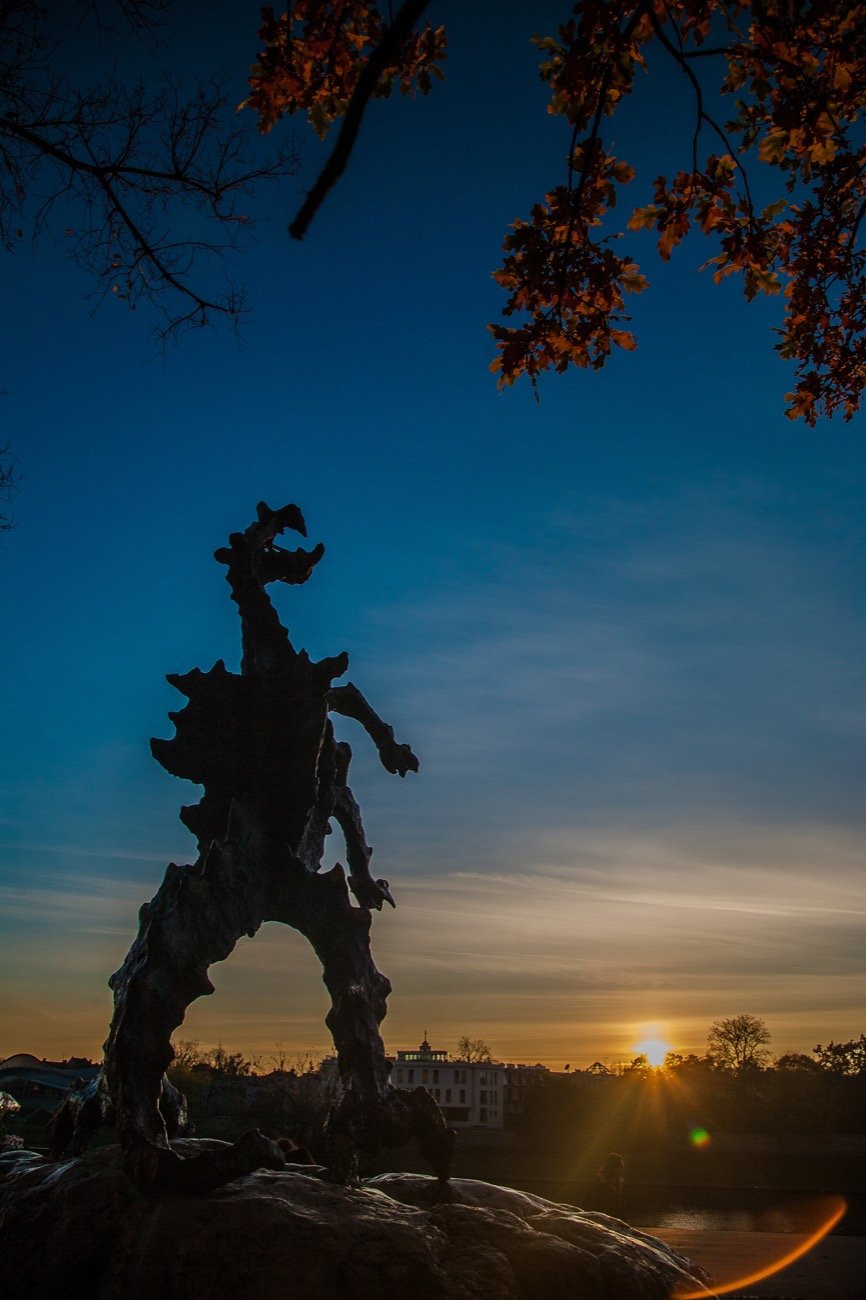
St. Adalbert’s Hill (Wzgórze Św. Wojciecha)
Sacred Beginnings
This gentle hill overlooking the old town is where Opole’s earliest settlement once stood. Today, it holds a church dedicated to St. Adalbert — the city’s patron. From here, the panorama of Opole unfolds in quiet splendour, connecting the modern skyline to the mists of its thousand-year past.
Top things to see and do in Opole
Check out our recommendation to top things not to miss when visiting Opole
Top museums in Opole
Check out our recommendations
Top hotels in Opole
Check out our recommendations below
Roof-top bars in Opole
Check out our recommendations
Jazz clubs in Opole
Check out our recommendatios below
Night clubs of Opole
Check out our recommendations
Top restaurants in Opole
Check out our recommendations
Practical information
Some practical information to Opole
Anim pariatur cliche reprehenderit, enim eiusmod high life accusamus terry richardson ad squid. 3 wolf moon officia aute, non cupidatat skateboard dolor brunch. Food truck quinoa nesciunt laborum eiusmod. Brunch 3 wolf moon tempor, sunt aliqua put a bird on it squid single-origin coffee nulla assumenda shoreditch et.

